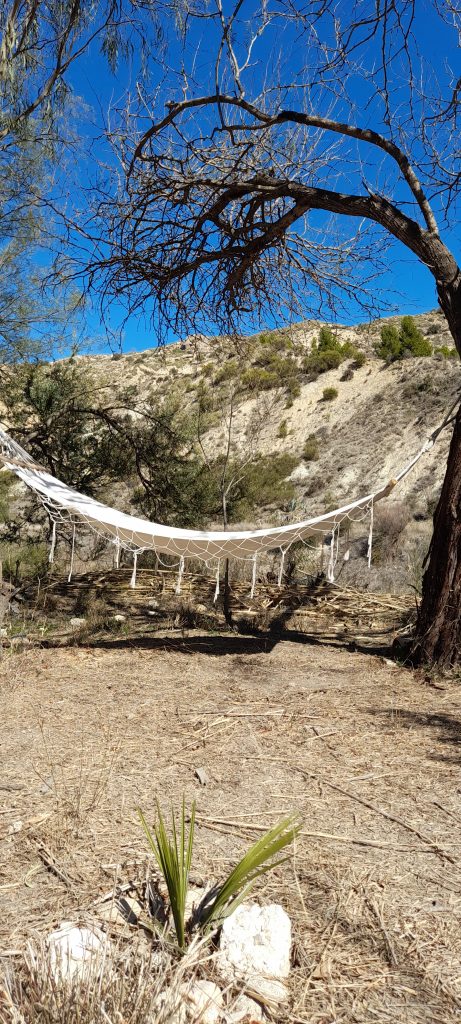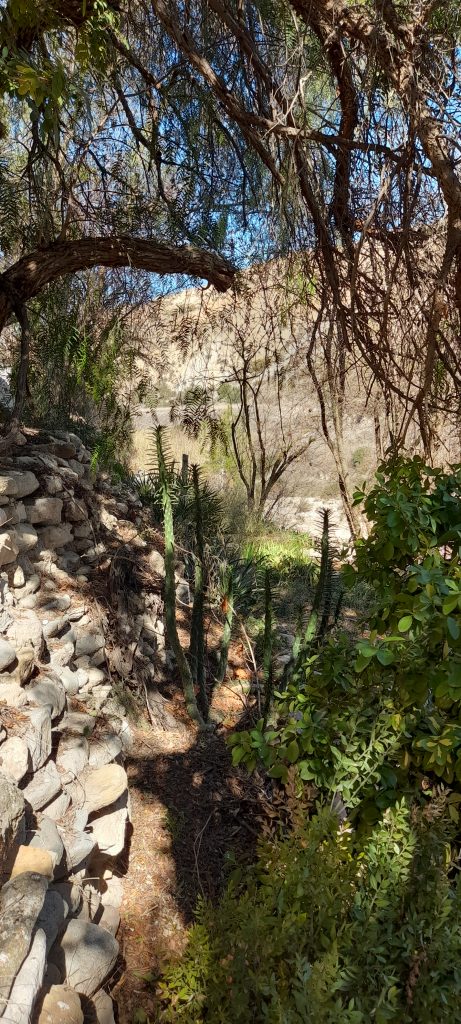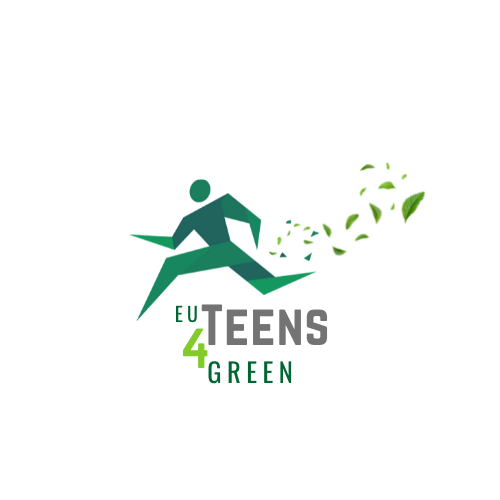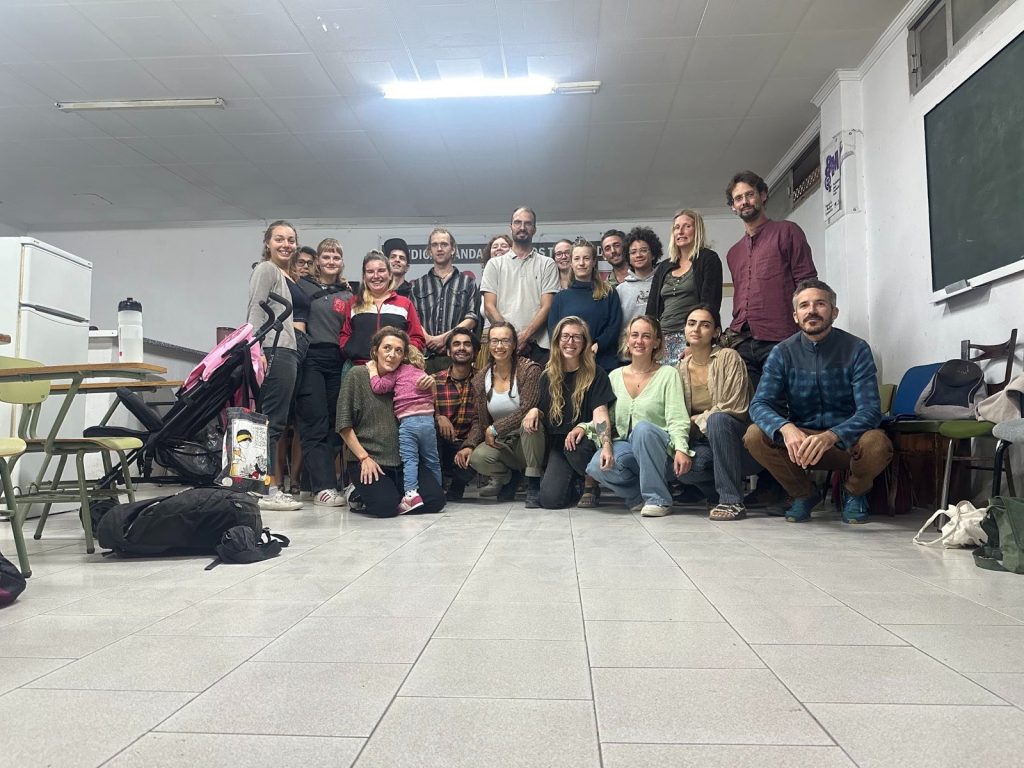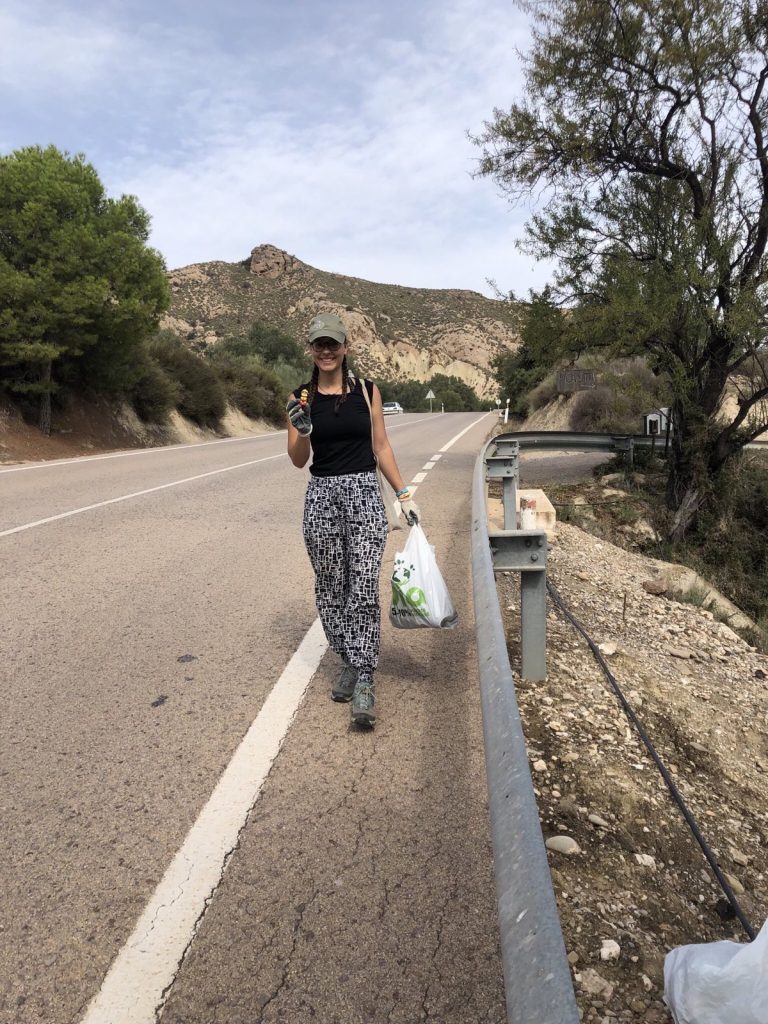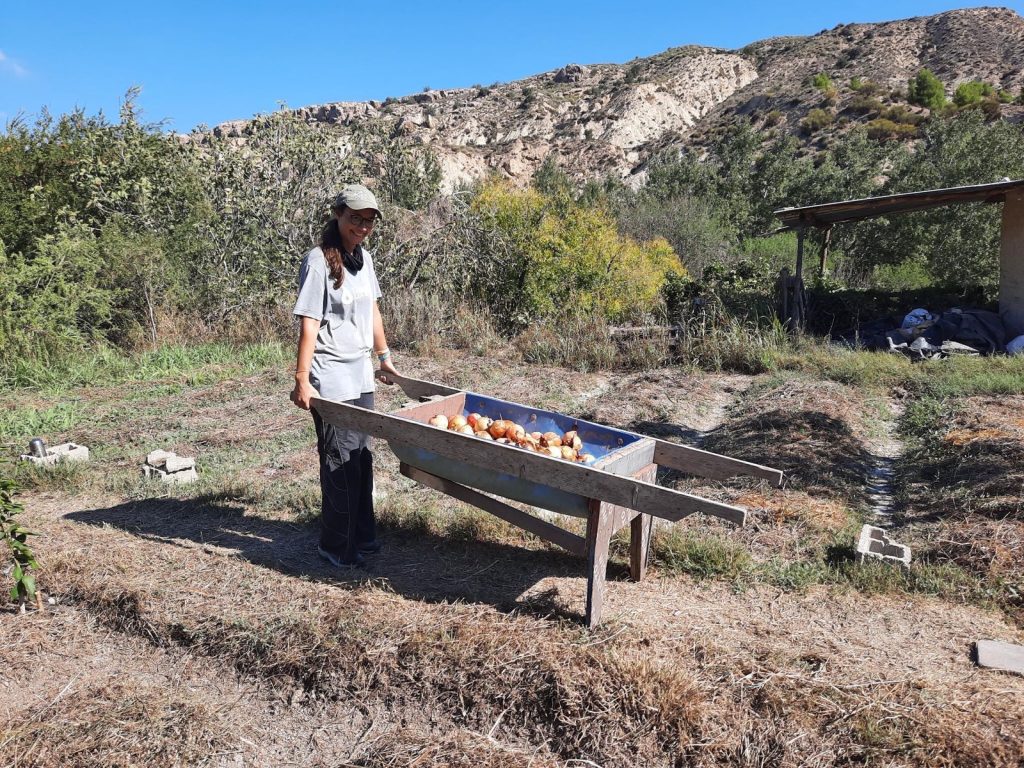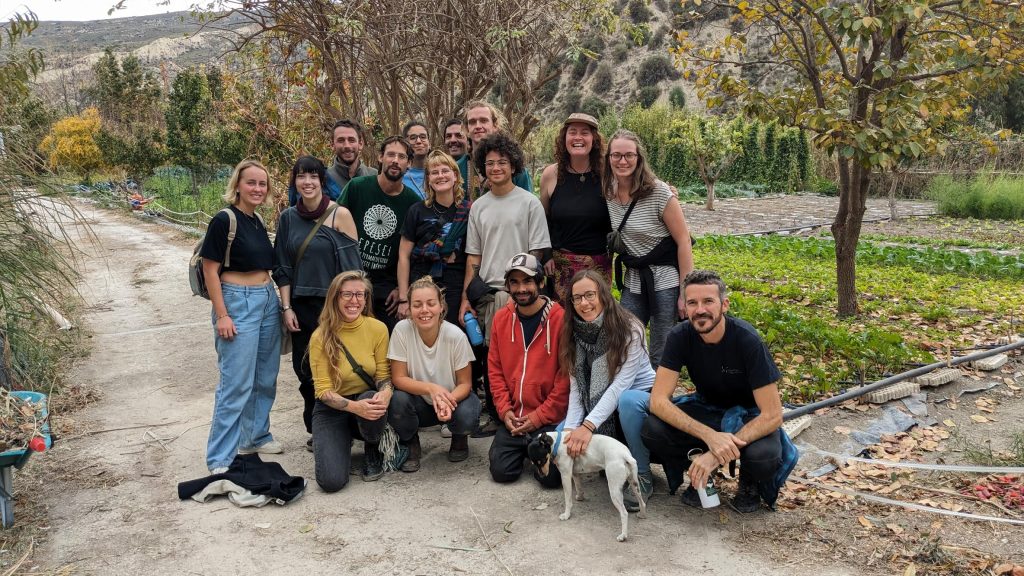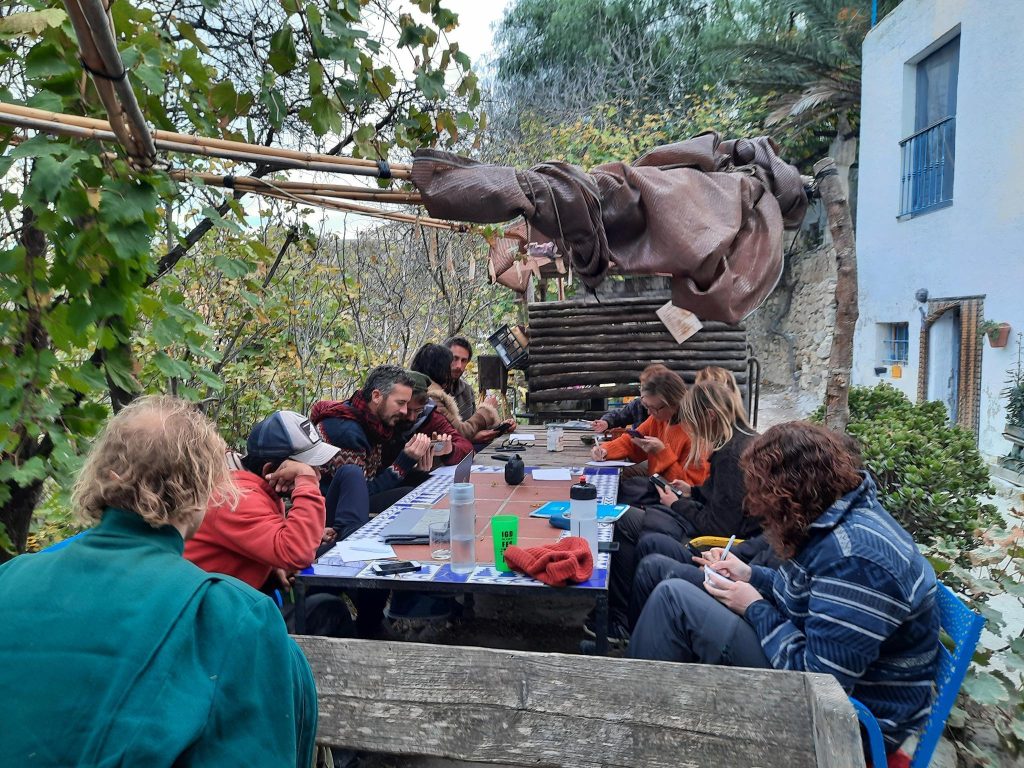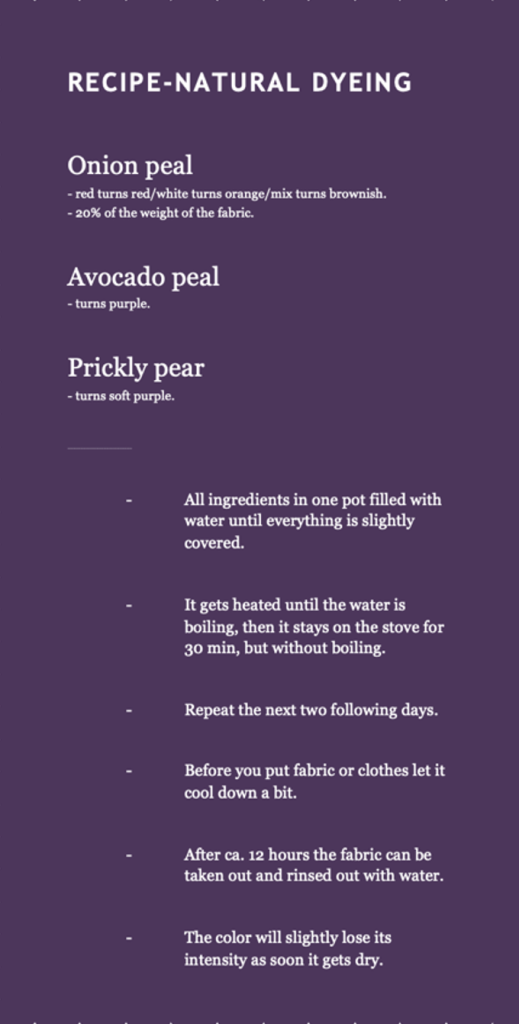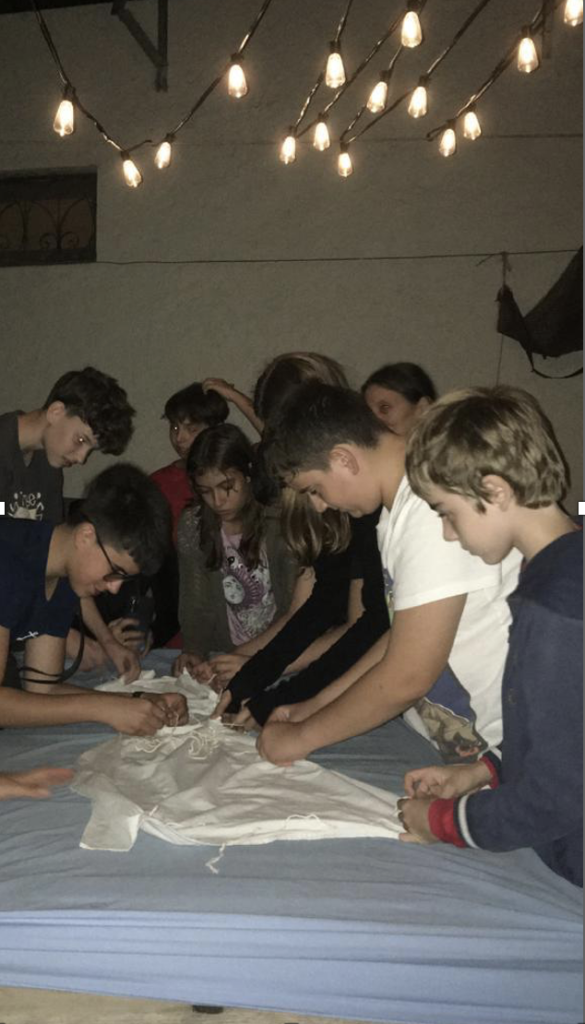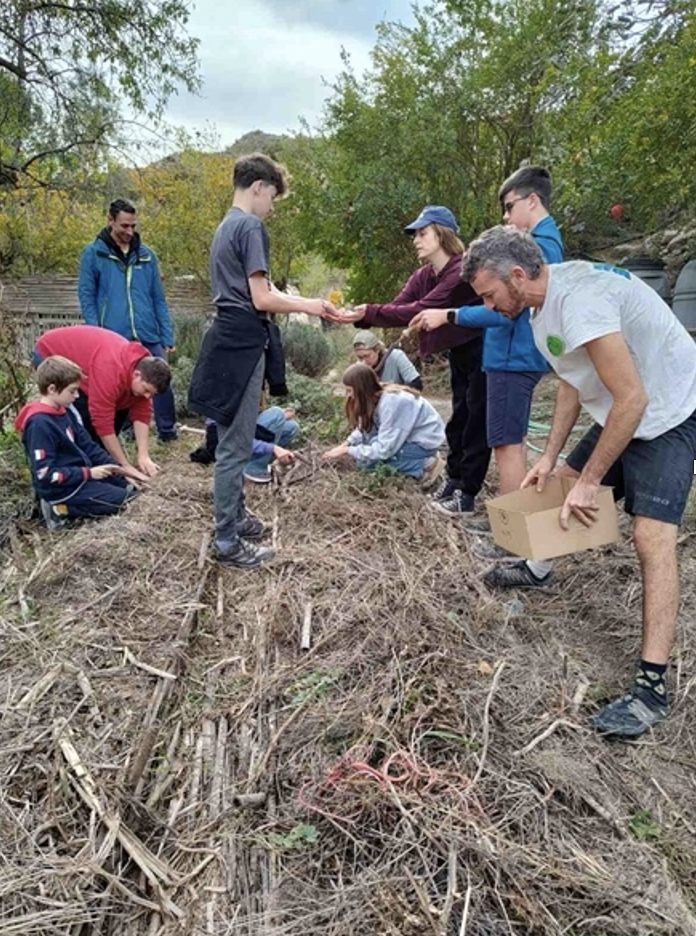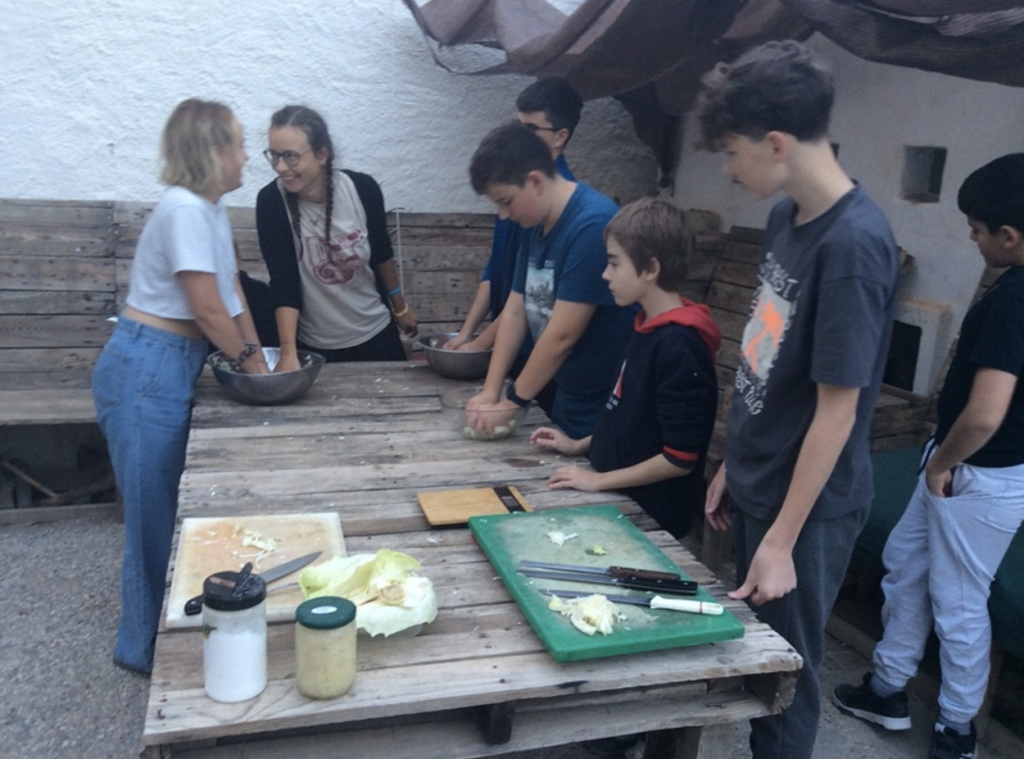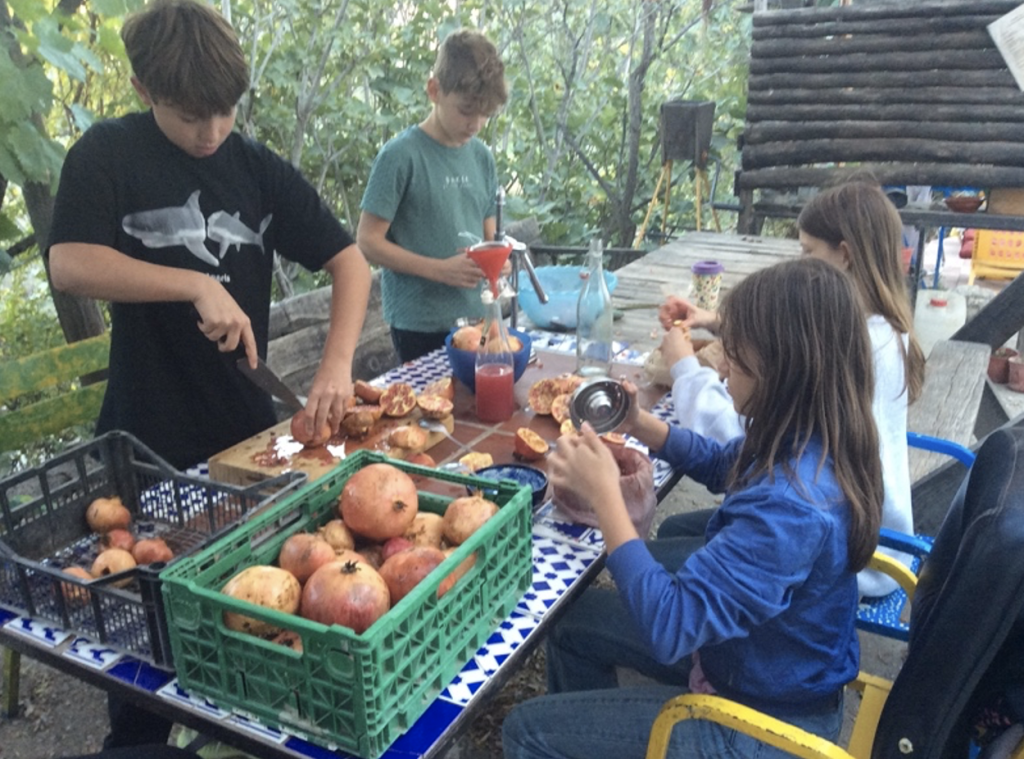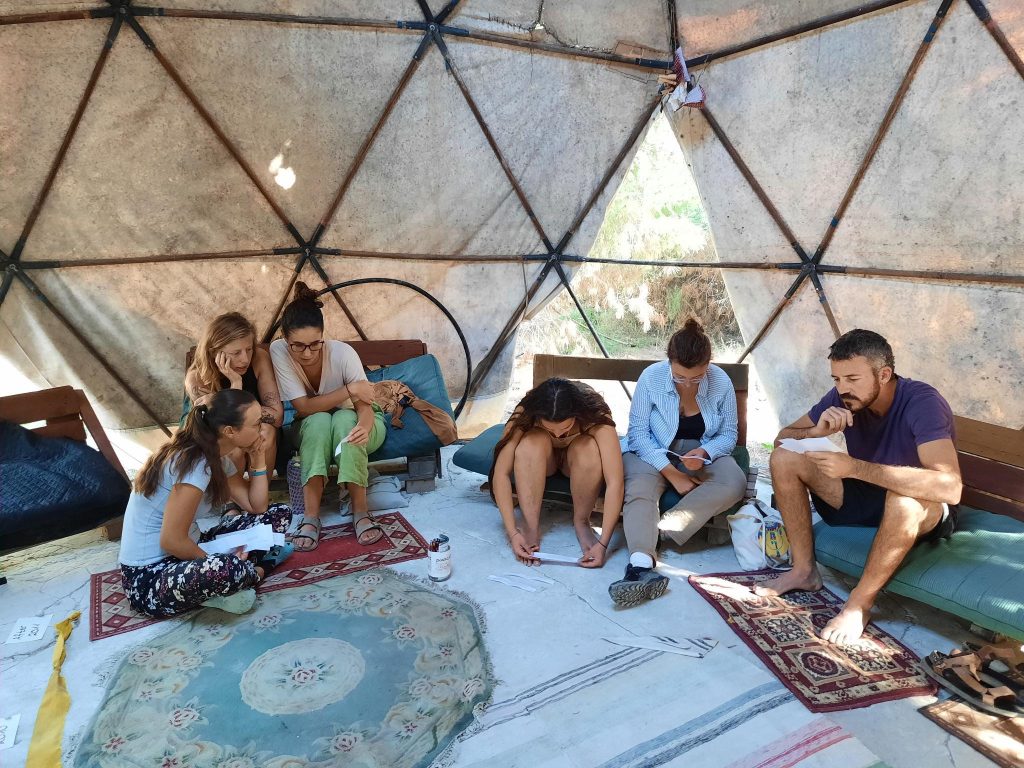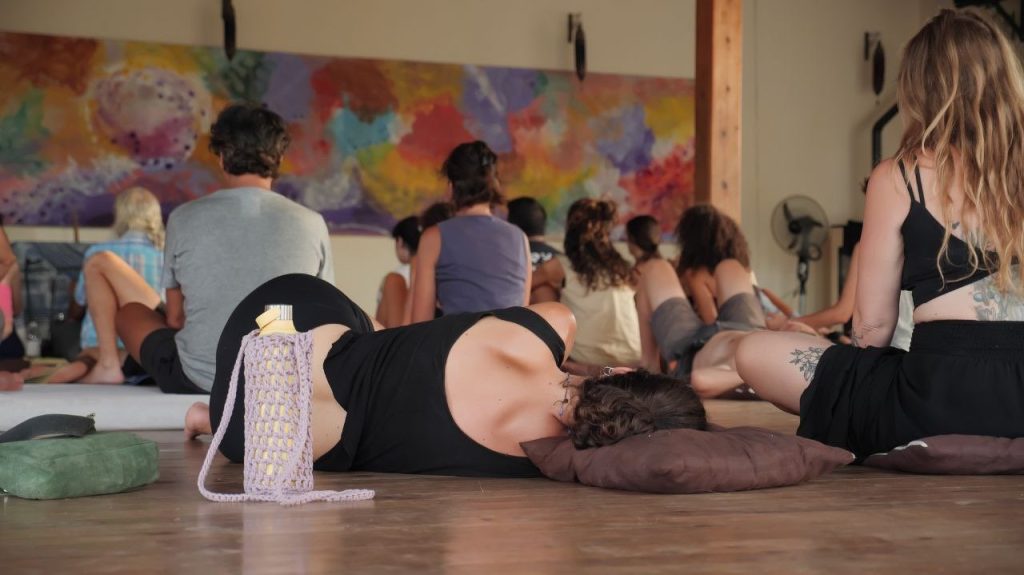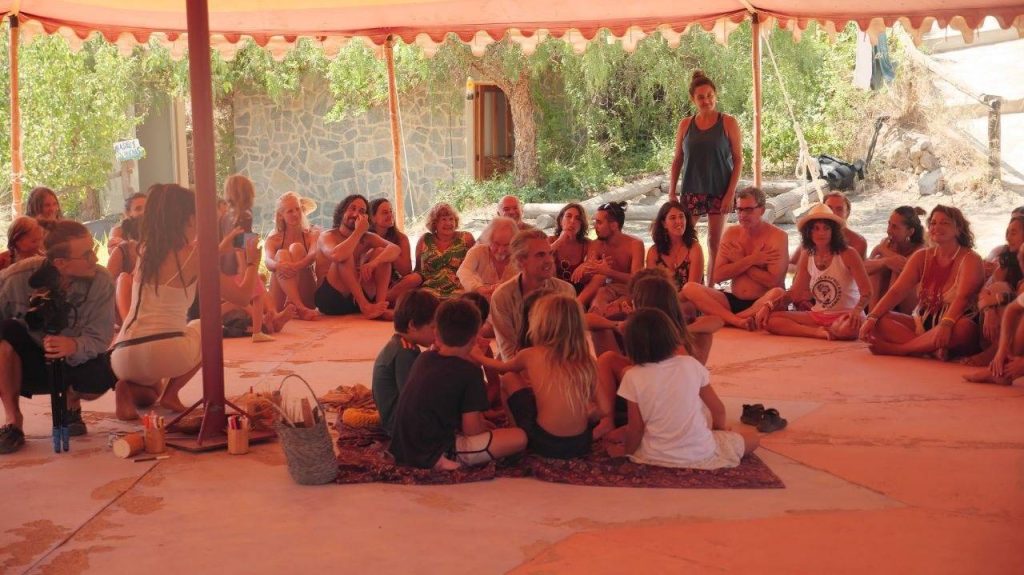Communication and Education
By Bobbi, European Solidarity Corps member in the Drylands Department.
==Last week, during our weekly “educational activity”, I invited the community to a presentation on the world of community conflicts. To kick things off, I asked my fellow Sunseeders what comes to mind for them when they hear the word “conflict”. Most of their responses were associations with anger, hiding, avoiding, violence. In other words, it’s not exactly something people feel like picking up in their free time. Quite the opposite, a deep fear of conflict is beneath the surface of many individuals of our community. And since community and individuals are inherently intertwined, this fear of conflict influences how we handle disagreements in community.
Because at the source of conflict is usually exactly that, a disagreement. And, according to Seeds for Change´s definition, conflict is what happens when two or more people have seemingly incompatible opinions, values or needs [1]. Given this, I argue that conflict is inevitable. So instead of tiptoeing around it, why not turn it into something we can welcome, something regenerative? How can we transform conflict from a destructive force into a catalyst for growth, both personally and as a community?
To tackle this puzzle, I would like to untangle conflict resilience, conflict resolution and accountability procedures.
First up, conflict resilience is about being pro-active, like weeding your beds so that your veg can grow big and strong. Just because conflict can be a gift, does not mean that conflict is something to seek out. Conflicts tend to grow when they are not dealt with when still small, with high emotional and sometimes even structural consequences for those involved. The art of a healthy conflict culture thus partially lies in prevention: formal and informal practices to address disagreements before they snowball into full-blown battles. Practices which can help us nip conflict in the bud include regularly sharing appreciation for each other, committing to handling frictions when still fresh and having an openness to giving and receiving constructive feedback. This way, differences in opinions, values or needs can be constructively worked through without tensions running high in the relationships. All this work contributes to our conflict resilience, our ability to handle conflicts on an individual and collective level without being thrown out of equilibrium.
But what about those conflicts that escalate nonetheless? That is where conflict resolution comes into play. This way, you do not need to scramble for solutions on the spot, but you can follow the predetermined steps of a conflict resolution procedure. Often when conflicts occur, thinking clearly and calmly is inhibited by difficult emotions taking the foreground, so coming to an agreement, or meeting in the middle, can seem impossible. Conflict resolution can be mediated or non-mediated. Importantly, it focuses on both parties hearing and being heard, underlying needs being put on the table and the relieving of emotional charges. Non-violent communication can be a valuable tool in these settings. These processes work best when people are committed to also doing their inner work; to understand why they might be triggered, what unmet needs they have, to take responsibility for their own emotions and be willing to receive the perspective of the other party.
And then there are times when harm or violence occurs, when trust is seriously shaken and a dialogue is no longer an appropriate response. That is where accountability procedures come in. Unlike the punitive legal system, this response is ideally in line with Transformative Justice principles. Priority lies both in care for the victim and providing learning opportunities for the perpetrator and the community. The accountability procedure seeks to find solutions which prevent recurrence of the harm taken place and usually entails various levels of intervention.
But how do we put all this theory into practice here at Sunseed? A place which welcomes a diversity of people with a high member turnover. Individual practices can be encouraged, but cannot and should not be enforced. Collective activities can be implemented and require a lot of trust. Furthermore, learning how to engage with conflict constructively is not something you learn overnight, but more like learning how to ride a bicycle. At first, it will feel awkward, you will probably fall a few times and scrape your knee. However, after a while, you might even be able to ride hands-free. And maybe, once you can ride hands-free, your (short) stay at Sunseed is already coming to an end again.
Unfortunately I do not have a magic solution I can present to you about how to become the perfect we-love-to-manage-conflict-community. However, I do have a few ideas that I would like to explore and develop. And, because I believe Sunseed is not the only place struggling with building trust and continuity while continuously rotating its group members, I would like to share these ideas with the wider world of communities, collectives and movements as food for thought.
Healthy conflict culture can be manifested both on an informal, (inter)personal level, as well as on a more structural level. On the informal level, community members can encourage each other and themselves to hold curiosity to experiences, to invest in relationships, and to embrace a culture of giving and receiving constructive and appreciative feedback. When individuals take responsibility for keeping healthy relationships and helping each other grow, a lot of powerful transformation can already occur.
This individual work ideally goes hand in hand with community practices. These practices can serve as learning spaces for becoming a better community member, as well as designated places for talking about tensions, to lower the threshold for sharing these tensions and invite everyone to participate in these processes. Weekly or monthly rounds of celebrating failings, addressing small tensions, or sharing appreciation are ideas that can be experimented with. Alternatively, you could facilitate spaces where people (one to one or in a small group) can more thoroughly explore feedback for each other, deepen their relationship or talk about community practices for collective growth. Lastly, drafting a collective agreement about conflict and feedback culture, as well as implementing a conflict resolution procedure can help with fostering collective commitment and function as tools for navigating conflict. After all, conflict is easy to talk about when it is far away, but gets a lot more tense once you are in the midst of one.
While I stand by these suggestions, there are a few unanswered questions to have awareness of. A main one for Sunseed is how this process of building trust and establishing conflict culture can take place while people are only staying for a short period of time. Another one is how we can also involve those who are conflict avoidant or perhaps do not see conflict engagement as a priority, though they might very well be actors in conflict.Lastly, how can we balance feedback and conflict engagement with having room to be, breathe, play and work? At what point is there too much conflict and feedback engagement?
In the end, there is probably not a one size fits all solution for managing conflict in communities. The important starting point is a collective commitment to start unpacking this topic, with all its intricacies. Keeping an open mind and willingness to experiment is vital for this. At Sunseed, we are taking steps in this process now and will probably keep having to re-evaluate (and fail! and celebrate!), as we go on.
[1] Working with Conflict in our Groups; a guide for grassroots activists – Seeds for Change
Resource list
- Constellating Change training by the School of System Change
- Conflict is Inevitable event (Global Grassroots Support network, Alternative Justice, RadHR, Gastivists Collective)
- Folks at Transformative Governance network
- Nonviolent Resistance in the Face of Hostility: Walking towards Conflict with Care for All – Miki Kashtan
- DPACE Initiative – Foundations for Building Conflict Literacy
- Victorian Public Sector Commission – Building onflict resilient workspaces
- Loomio Cooperative Handbook
- DSFL – AWG Accountability Handbok
- Transition Network Conflict Resilience Resources
- Effective Collective – Dealing with Conflict
- EAFB 2020 – Critic and Self Critic: What, Why and How.
Are you interested in joining our community? Do your internship at Sunseed, join us via European Solidarity Corps, check out our vacancies, or come as a volunteer.

